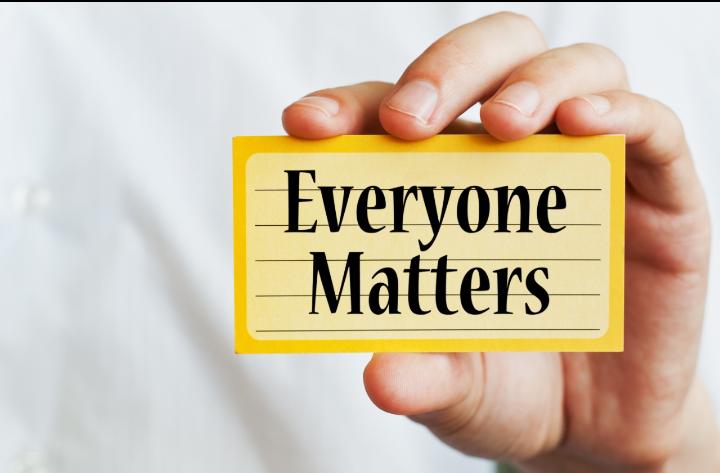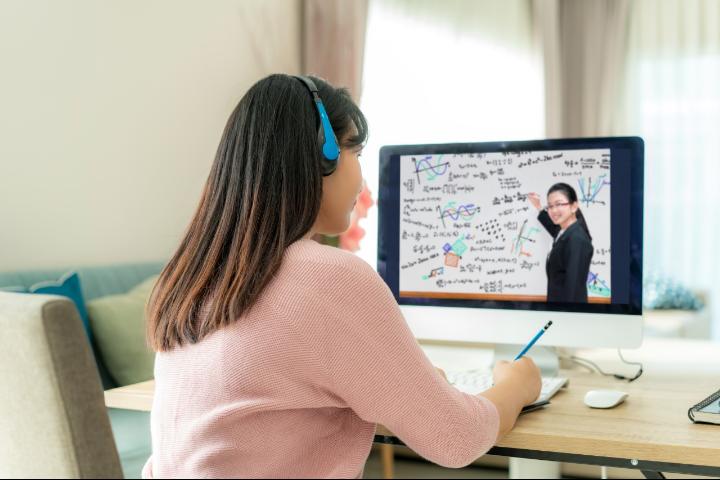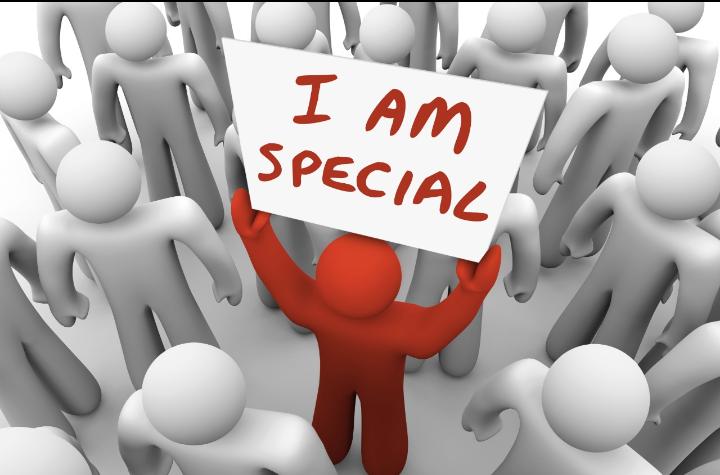My Remote Learning Experience during COVID-19 Lockdown
By
Mohsine Wahib

Once declared as a pandemic, the Coronavirus has significantly modified almost all of our daily activities. Working is being done online, entertaining is being done online, and of course, schooling can’t be performed in any way but online. Schools are closed!
Education could be among the most vital sectors that have been hit hard by the COVID-19 outbreak. As a Moroccan university student, I have found myself lost since the early days of this COVID-19 lockdown, just like every other student on earth who is experiencing this rapid transition to online learning. The way learning used to look like has completely changed now. The remote learning seems to me like starting to be a student for the first time in my life. It is a learning environment where I felt the need to learn how to study over again, how to engage myself in the learning process again, and how to rearrange my own wide range of learning needs.
Looking at my journey of remote learning makes me sadly realize how it is not very pleasing to me. The learning space now is no longer that classroom where physical or cognitive engagement could be easily fostered through my interaction with our instructors and classmates. Instead, it has now become our individual learning space where barriers and challenges are severely increased to reach such engagement. It is now the virtual classroom where content accessibilty, self-regulation, self-directedness and motivation are highly required. Such skills significantly hinge on how the learning materials are presented and how we are supposed to react to the content as well as how interested in the learning content we are.
I have been recently introduced to UDL, and given the luxury of time that confinement has provided, I have immersed myself in many readings about the UDL framework. I think I can safely say that my online learning experience could have been positively changed if it had been designed under the principles of the Universal Design for Learning UDL. With UDL, the online space can be learning environments where information and knowledge are presented, demonstrated and approached in more flexible ways; and where all those barriers and challenges of learning are appropriately reduced to include all learners with equitable opportunities.
Learning online with UDL could have made my learning experience more appealing. I believe that my remote learning could have been more effective if I was provided with diverse representations of our courses content. This way, I would have different choices to optimize my learning according to my learning style and needs. Different sources and a variety of the representation of the content would provide equitable opportunities to all of us. My remote learning experience could have been more efficient if it provided us with flexible forms and multiple opportunities in how to react with the content. If multiple means of actions were offered, I would be able to approach different tasks of the content in some varied appropriate manners. I think I could have done better in my learning experience if I had the choice in my assignments, the needed skills to become purposeful and the ability to remain motivated. My remote learning experience could have been appealing if different means of engagement were provided. It could have been less stressful if different options for triggering motivation, interest, relevance, choice, collaboration were integrated.
I like to think that UDL has a key role to play in a more engaging and more effective education!
[display-posts order=”ASC”]



Hi Rachida. Kindly send an email to Dr. Elizabeth Dalton. Her email address appears on the home page under the…